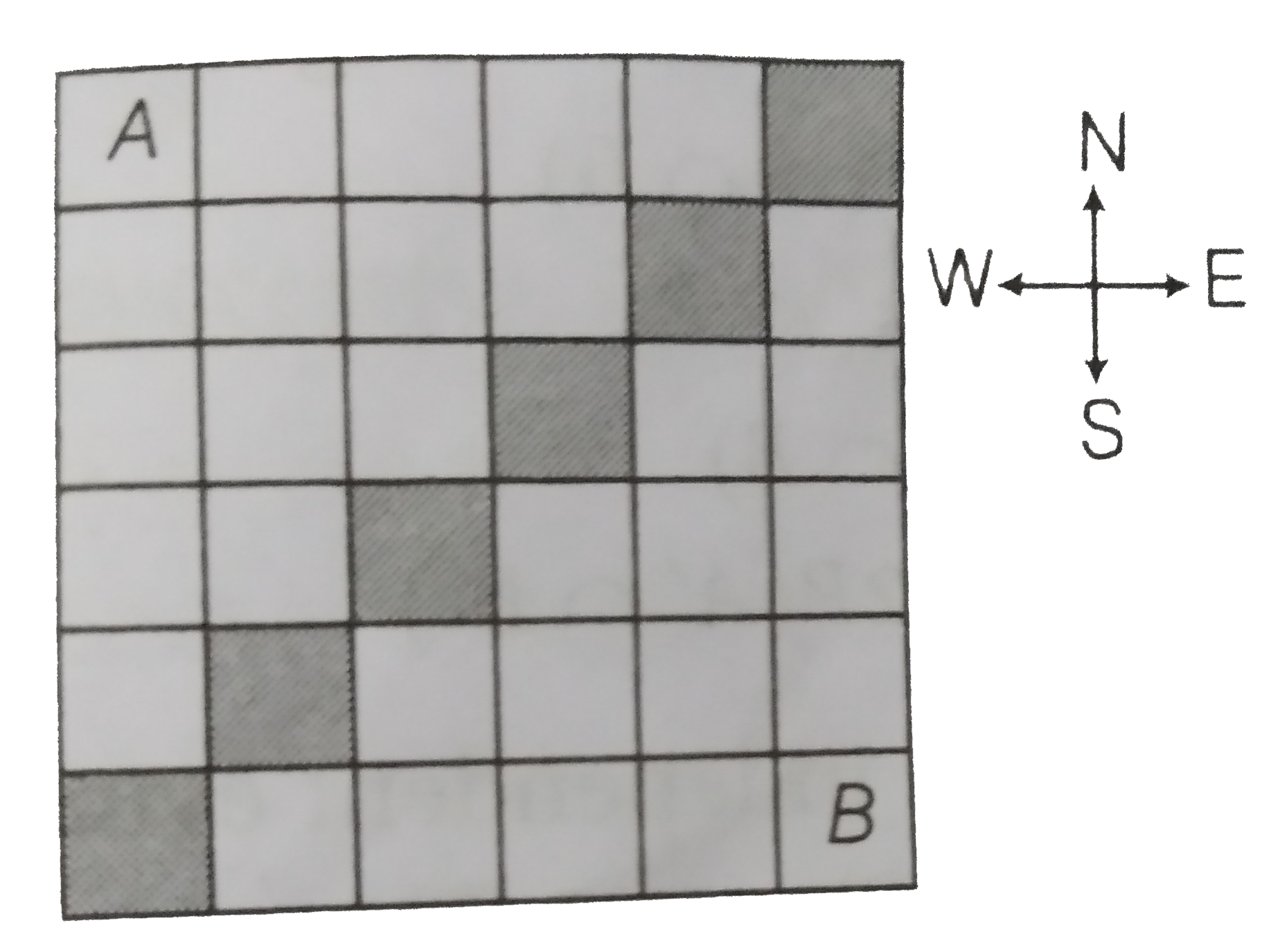Evluate ∫ (a+x) dxSolution in Punjabi
The correct Answer is:(b)
Step by step video & image solution for Evluate int (a+x) dx by Maths experts to help you in doubts & scoring excellent marks in Class 12 exams.
Updated on:21/07/2023Topper's Solved these Questions
- PROBABILITYBOOK - ARIHANT MATHSCHAPTER - PROBABILITYEXERCISE - Probability Exercise 1: Single Option Single Correct Type Question
1 Videos
- PROBABILITYBOOK - ARIHANT MATHSCHAPTER - PROBABILITYEXERCISE - Exercise (More Than One Correct Option Type Questions)
15 Videos
- PROBABILITYBOOK - ARIHANT MATHSCHAPTER - PROBABILITYEXERCISE - Exercise For Session 4
15 Videos
- PERMUTATIONS AND COMBINATIONS BOOK - ARIHANT MATHSCHAPTER - PERMUTATIONS AND COMBINATIONS EXERCISE - Exercise (Questions Asked In Previous 13 Years Exam)
28 Videos
- PRODUCT OF VECTORSBOOK - ARIHANT MATHSCHAPTER - PRODUCT OF VECTORSEXERCISE - Exercise (Questions Asked In Previous 13 Years Exam)
52 Videos
Similar Questions
A and B are persons standing in corner square as shown in the figure. They start to move on same time with equal speed, of A can move in East or South diretion and B can move in North or West diretion. If in each step they reach in next square and their choice of direction are equlity. If it is given that A and B meet in shaded region, then the probability that they have met in the top most shaded square, is

View SolutionFor two given event A and B, P(A∩B) is
View SolutionThe probability of getting exactly two heads when tossing a coin three times is
View SolutionThere is a rectangular sheet of dimension (2m−1)×(2n−1), (where m>0,n>0) It has been divided into square of unit area by drawing line perpendicular to the sides. Find the number of rectangles having sides of odd unit length.
View SolutionLet O be the origin and let PQR be an arbitrary triangle. The point S is such that ¯¯¯¯¯¯OP⋅¯¯¯¯¯¯OQ+¯¯¯¯¯¯OR⋅¯¯¯¯¯¯OS=¯¯¯¯¯¯OR⋅¯¯¯¯¯¯OP+¯¯¯¯¯¯OQ⋅¯¯¯¯¯¯OS=¯¯¯¯¯¯OQ⋅¯¯¯¯¯¯OR+¯¯¯¯¯¯OP⋅¯¯¯¯¯¯OS Then the triangle PQR has S as its
View Solution∫{f(x)±g(x)}dx=∫f(x)dx±∫g(x)dx
View SolutionIf u and v are two functions of x then prove that :
∫uvdx=u∫vdx−∫[dudx∫vdx]dx
Hence, evaluate ∫xexdx
View SolutionEvluate ∫ tan−1x1+x2 dx
View SolutionEvluate ∫ 7x2 dx
View SolutionEvluate ∫ (1+x2) dx
View SolutionEvluate ∫ 5x4 dx
View SolutionEvluate ∫ x3 dx
View SolutionEvluate ∫ x4 dx
View SolutionEvluate ∫ 8x3 dx
View SolutionEvluate ∫ 8x3 dx
View Solution
